 Campers at Eagle Rock, where Rio Tinto /Kennecott plans to put the portal to the Eagle Mine. Access to Eagle Rock has been denied to the public, including Anishinaabe (Ojibwa) people who consider it a sacred site, since May 27, 2010, when two campers were arrested here. The identity of Eagle Rock as a place of worship is a point of contention in the contested case against Kennecott and the Michigan Department of Environmental Quality. (Keweenaw Now file photo taken May 25, 2010)
Campers at Eagle Rock, where Rio Tinto /Kennecott plans to put the portal to the Eagle Mine. Access to Eagle Rock has been denied to the public, including Anishinaabe (Ojibwa) people who consider it a sacred site, since May 27, 2010, when two campers were arrested here. The identity of Eagle Rock as a place of worship is a point of contention in the contested case against Kennecott and the Michigan Department of Environmental Quality. (Keweenaw Now file photo taken May 25, 2010)MARQUETTE -- Court proceedings for the appeal of the contested case against Kennecott Eagle Minerals Company (KEMC), a subsidiary of Rio Tinto, and the Michigan Department of Environmental Quality (MDEQ) are taking place today, June 9, 2011. The four Appellants in the case -- National Wildlife Federation (NWF), Keweenaw Bay Indian Community (KBIC), Yellow Dog Watershed Preserve and Huron Mountain Club -- are appealing the State of Michigan's approval of the first mining permit granted under Part 632 of Michigan's Natural Resources and Environmental Protection Act, MCL 324.63201 et seq.
The Permit allows Kennecott to mine a four-million ton "sulfide" ore body located directly beneath the headwaters of the Salmon Trout River, a pristine trout stream originating in the Yellow Dog Plains and flowing to Lake Superior. The portal for this nickel and copper "Eagle Mine" will be located at the base of Eagle Rock, a sacred place of worship for Petitioner Keweenaw Bay Indian Community (KBIC).
At the fourth of a series of community forums held by Kennecott in April 2011, several public comments on the safety of the mine, the impacts on water and air quality and the violation of the Anishinaabe (Ojibwa) sacred site were made and recorded. Keweenaw Now presents here the second part of our series on this April 26 Forum held in Marquette.*
Chuck Brumleve, a geologist representing KBIC, who has studied Kennecott's mining permit in detail, spoke directly about the expert testimonies that have been made on the design of the mine for the permit now under appeal.
Geologist Chuck Brumleve speaks at the April 26, 2011, public forum sponsored by Rio Tinto / Kennecott Eagle Minerals Co. (KEMC). Brumleve notes experts have pointed out flaws in the design of the Eagle Mine and questions the State of Michigan's approval of the mining permit. (Video clips courtesy Allan Baker)
Michelle Halley, attorney for the National Wildlife Federation, responding to discussion on conflicts of interest, commented briefly on the fact that the judge in this contested case works for the MDEQ.
Michelle Halley, attorney for the National Wildlife Federation, responding to discussion on conflicts of interest, commented briefly on the fact that the judge in this contested case works for the MDEQ.
Michelle Halley, National Wildlife Federation attorney, speaks at Rio Tinto / Kennecott's April 26 public forum.
KBIC member Charlotte Loonsfoot, who helped organize a month-long camp at Eagle Rock last year until she was arrested while praying on top of Eagle Rock on May 27, 2010, also spoke at the April 26 forum. Loonsfoot spoke about the spiritual aspects of this sacred site. She has requested permission to conduct Anishinaabe ceremonies at Eagle Rock. However, since the company intends to blast an entrance to the mine under the rock, they have not been receptive to her request.
KBIC member Charlotte Loonsfoot, who helped organize a month-long camp at Eagle Rock last year until she was arrested while praying on top of Eagle Rock on May 27, 2010, also spoke at the April 26 forum. Loonsfoot spoke about the spiritual aspects of this sacred site. She has requested permission to conduct Anishinaabe ceremonies at Eagle Rock. However, since the company intends to blast an entrance to the mine under the rock, they have not been receptive to her request.
Charlotte Loonsfoot, KBIC member, speaks about the spirits that, according to Anishinaabe beliefs, inhabit Eagle Rock.
Jeffery Loman, also a KBIC member, who works in Alaska as deputy director of the Bureau of Ocean Energy Management Regulation and Enforcement, challenged those in the audience of about 150 people at the forum to think about future generations when dealing with this mining company.
Jeffery Loman, also a KBIC member, who works in Alaska as deputy director of the Bureau of Ocean Energy Management Regulation and Enforcement, challenged those in the audience of about 150 people at the forum to think about future generations when dealing with this mining company.
KBIC member Jeffery Loman, deputy director of the Bureau of Ocean Energy Management Regulation and Enforcement in Alaska, speaks about the effects of the mine on future generations.
Speaking immediately after Loman, Carla Champagne, a resident of Big Bay, a town not far from the mine site, challenged Matt Johnson, Kennecott manager of external affairs, who facilitated the forum, on his explanation of where the company plans to drill.
Carla Champagne of Big Bay challenges Matt Johnson on his description of where Rio Tinto / Kennecott plans to drill to access the ore body.**
An extensive section of the Appellants' Brief against the mining permit approval for the Eagle Mine is devoted to evidence that Eagle Rock is a place of worship for the Anishinaabe people. The Brief describes what will happen if and when Kennecott drills under Eagle Rock: (The following excerpt omits reference notes.)
"The Mine Will Desecrate Eagle Rock As A Place Of Worship
"Kennecott's mining operations will involve the drilling and blasting of a 'portal' or tunnel directly through Eagle Rock. Before blasting begins, Kennecott will expose the base of Eagle Rock by removing earth with a bulldozer or excavator. Numerous large bolts will be drilled into the surface of Eagle Rock, and the rock will be covered with wire mesh and sprayed with 'Shock-Crete.' Kennecott will then use explosives to blast a tunnel through Eagle Rock. Steel arches will be installed and these arches will open a gaping hole emanating from the base of Eagle Rock.
"An 8-foot high chain link fence has been constructed around the mine's surface facilities at Eagle Rock as detailed in Figure 4-2 of the Permit application and required by the Part 632 Permit. Community members' access to and use of Eagle Rock will be (in fact as of this writing, have been) eliminated by this fence." (Appellants' Brief, pp. 48-49)***
 Kennecott's fence near Eagle Rock. (August 2010 file photo)
Kennecott's fence near Eagle Rock. (August 2010 file photo)
Catherine O'Donnell of Marquette spoke about her family's participation in labor unions and reminded the audience that workers' rights, defended by labor unions, actually began with Native Americans' treaty rights.
An extensive section of the Appellants' Brief against the mining permit approval for the Eagle Mine is devoted to evidence that Eagle Rock is a place of worship for the Anishinaabe people. The Brief describes what will happen if and when Kennecott drills under Eagle Rock: (The following excerpt omits reference notes.)
"The Mine Will Desecrate Eagle Rock As A Place Of Worship
"Kennecott's mining operations will involve the drilling and blasting of a 'portal' or tunnel directly through Eagle Rock. Before blasting begins, Kennecott will expose the base of Eagle Rock by removing earth with a bulldozer or excavator. Numerous large bolts will be drilled into the surface of Eagle Rock, and the rock will be covered with wire mesh and sprayed with 'Shock-Crete.' Kennecott will then use explosives to blast a tunnel through Eagle Rock. Steel arches will be installed and these arches will open a gaping hole emanating from the base of Eagle Rock.
"An 8-foot high chain link fence has been constructed around the mine's surface facilities at Eagle Rock as detailed in Figure 4-2 of the Permit application and required by the Part 632 Permit. Community members' access to and use of Eagle Rock will be (in fact as of this writing, have been) eliminated by this fence." (Appellants' Brief, pp. 48-49)***
 Kennecott's fence near Eagle Rock. (August 2010 file photo)
Kennecott's fence near Eagle Rock. (August 2010 file photo)Catherine O'Donnell of Marquette spoke about her family's participation in labor unions and reminded the audience that workers' rights, defended by labor unions, actually began with Native Americans' treaty rights.
During the April 26 public forum Catherine O'Donnell of Marquette speaks about workers' rights.
According to the treaty rights of Anishinaabe peoples on their ceded territory, it would seem from the evidence given in the Appellants' brief that mining activity at and near Eagle Rock would indeed prohibit people from these activities they have been free to do in the past:
"Unchallenged testimony on the record establishes that members of the Community and other anishinaabe tribes frequently access and use Eagle Rock and the surrounding 'mining area' and 'affected area' for worship, hunting, fishing, gathering of berries and medicines, and other activities such as the use of springs for drinking water, and that those activities will be impacted by mining operations." (From Note 17, pp. 57-58 of the Appellants' Brief)**
Notes:
* See our first article in this series, "Residents concerned about water quality question Rio Tinto-Kennecott at community forum," posted on May 3, 2011.
** Carla Champagne, along with her husband, Gene Champagne are part Concerned Citizens of Big Bay, who have filed a Petition for Contested Case Hearing with the State Office of Administrative Hearings in Lansing, Michigan. The group contends that the DNRE/DEQ failed to require a Part 632 Amendment in the construction and extension of electric service from Marquette, Mich., to the Rio Tinto Eagle Mine site, located eight miles from Big Bay. See our Feb. 22, 2011, article: "Concerned citizens file contested case: Kennecott Eagle Mine."
*** Click here for the Appellants' Brief on the contested case against the DEQ permit for Kennecott.
According to the treaty rights of Anishinaabe peoples on their ceded territory, it would seem from the evidence given in the Appellants' brief that mining activity at and near Eagle Rock would indeed prohibit people from these activities they have been free to do in the past:
"Unchallenged testimony on the record establishes that members of the Community and other anishinaabe tribes frequently access and use Eagle Rock and the surrounding 'mining area' and 'affected area' for worship, hunting, fishing, gathering of berries and medicines, and other activities such as the use of springs for drinking water, and that those activities will be impacted by mining operations." (From Note 17, pp. 57-58 of the Appellants' Brief)**
Notes:
* See our first article in this series, "Residents concerned about water quality question Rio Tinto-Kennecott at community forum," posted on May 3, 2011.
** Carla Champagne, along with her husband, Gene Champagne are part Concerned Citizens of Big Bay, who have filed a Petition for Contested Case Hearing with the State Office of Administrative Hearings in Lansing, Michigan. The group contends that the DNRE/DEQ failed to require a Part 632 Amendment in the construction and extension of electric service from Marquette, Mich., to the Rio Tinto Eagle Mine site, located eight miles from Big Bay. See our Feb. 22, 2011, article: "Concerned citizens file contested case: Kennecott Eagle Mine."
*** Click here for the Appellants' Brief on the contested case against the DEQ permit for Kennecott.









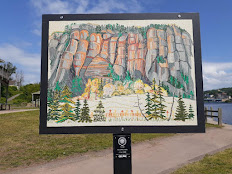







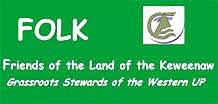






























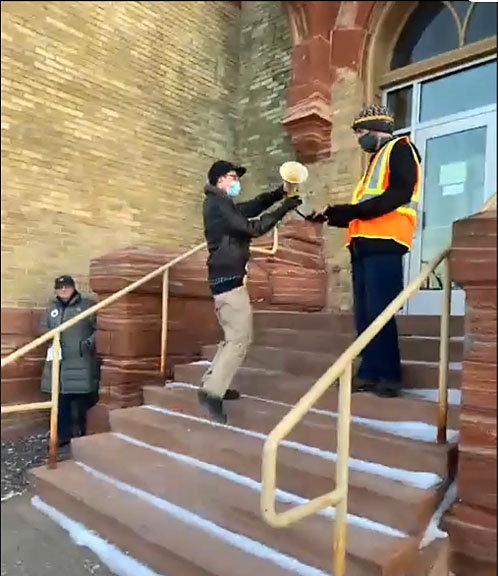




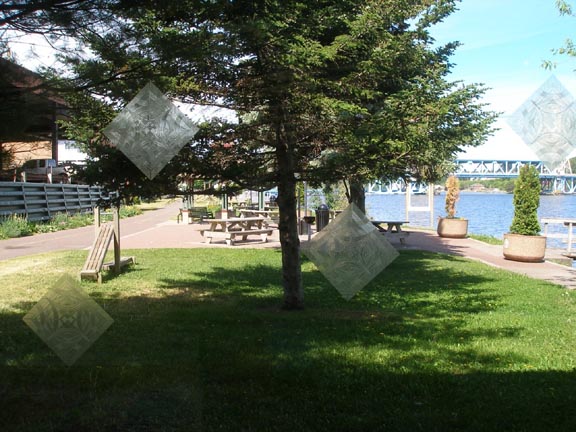









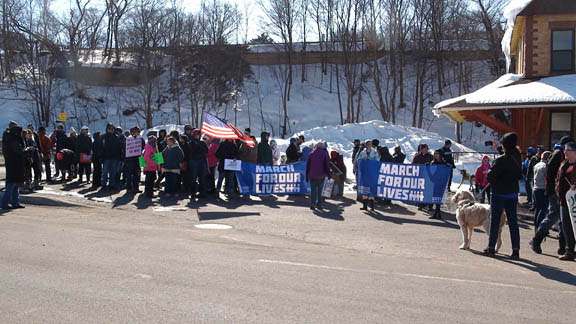


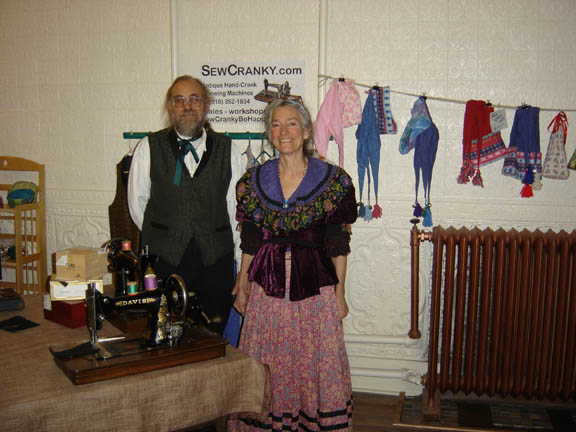
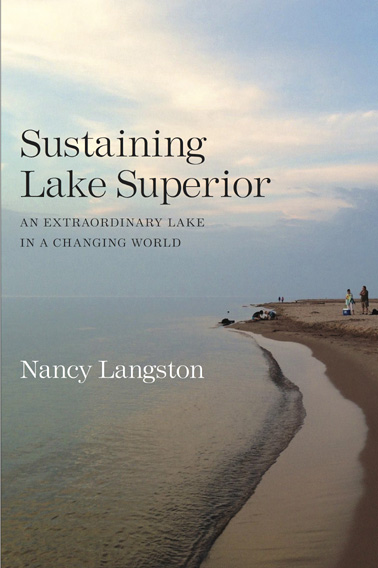







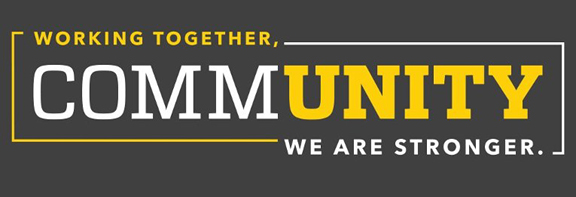
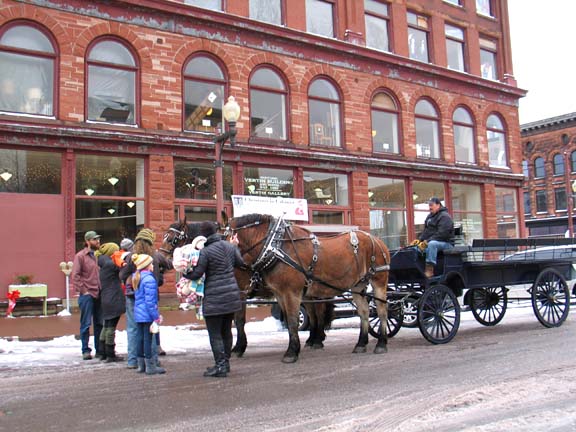

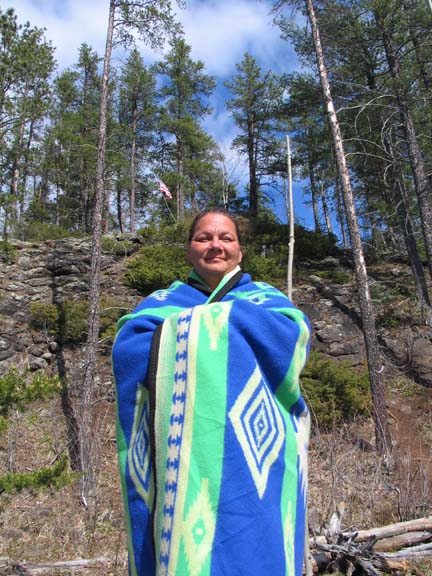


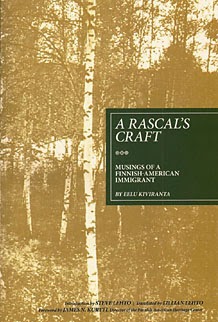
















No comments:
Post a Comment